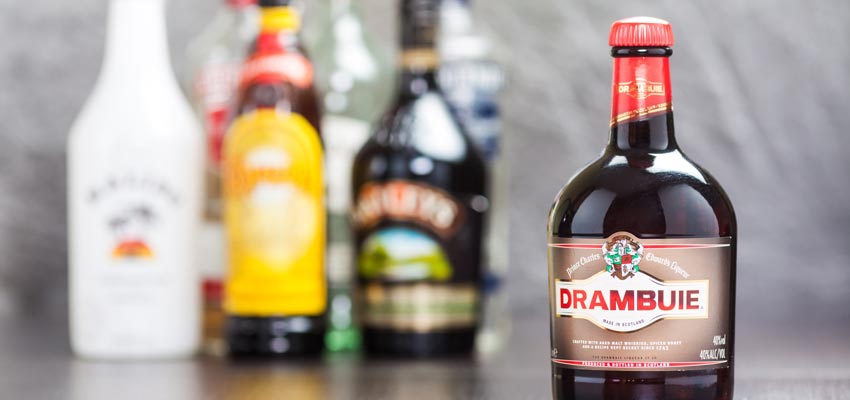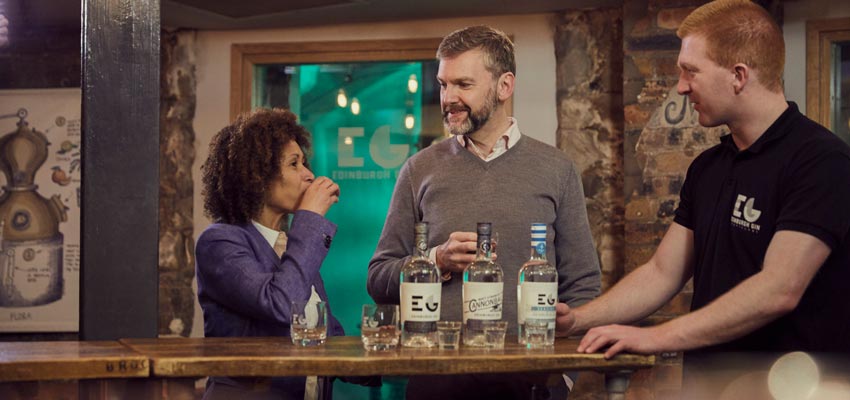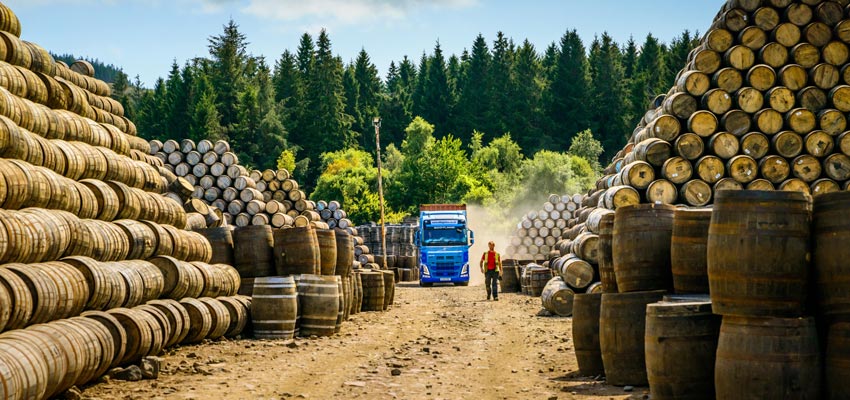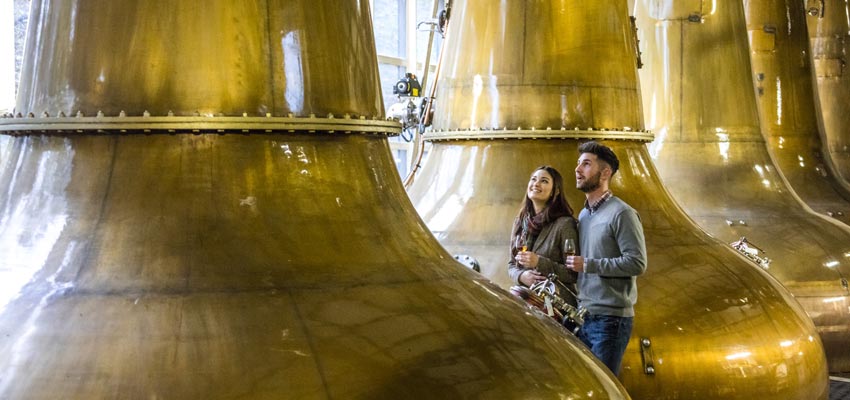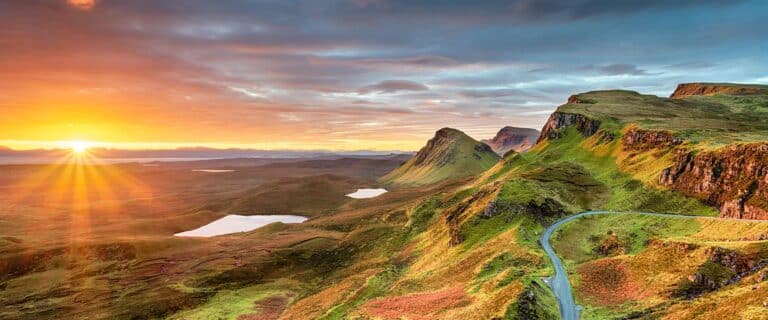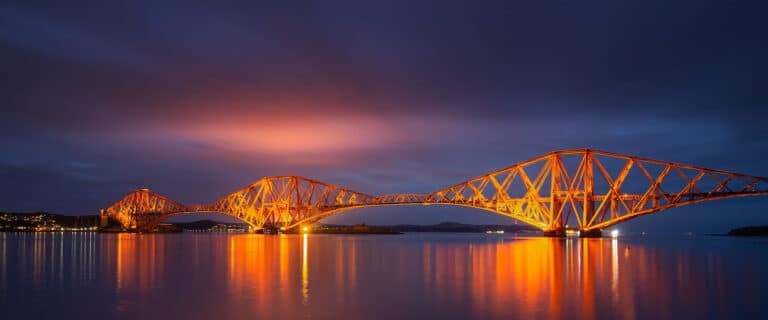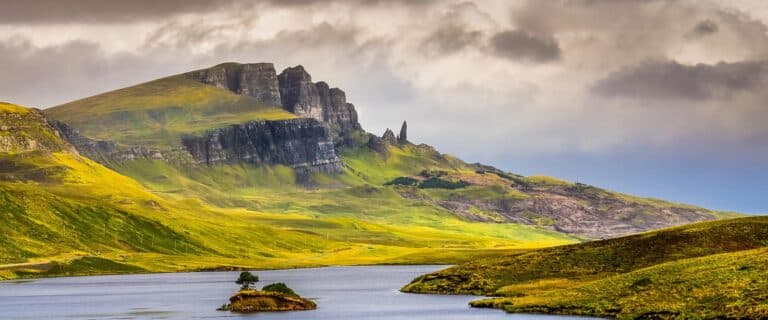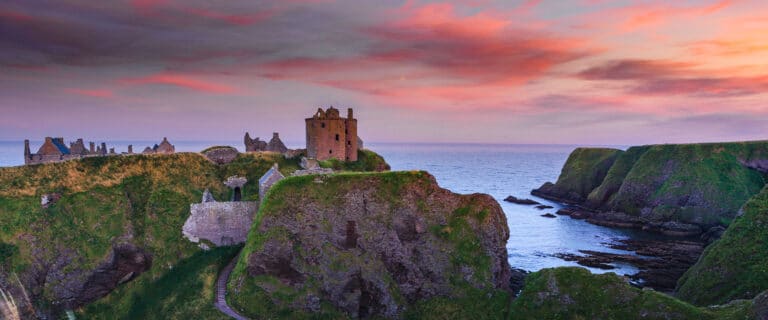Scotland has had a long love affair with whisky. When autumn sets in and we feel a winter chill, Scottish drinks are a particular joy. Now, new brews have been created, and they delight those of us who love interesting spirits and tasty ales. They also have little-known stories to tell us about the land and the people.
Scotch Ales
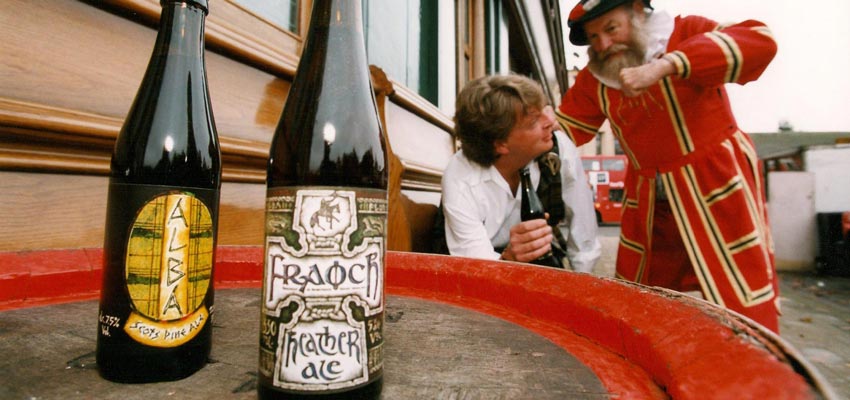
Scotch ales are strong with bold tastes of malt, caramel, and toffee. They range in color from light copper to dark brown, and their alcohol ranges from 3% – 6% ABV, which equals 6 – 12 proof. They are perfect for drinking in front of the fire on a cold evening. Scotch ale was first created in Edinburgh during the 1800’s. This is not good land for growing hops, so makers turned to what they had in abundance–malt.
The old brewhouses in Scotland often scorched sugars to caramelize them, making the malt taste quite strong with notes of whichever sugars were used. Sugars today still include treacle, caramel, molasses, and brown sugar. When you sip a Scotch ale, let it linger on your tongue and savor the flavor. In the United States, you’ll find ales that are aged in bourbon barrels. They have a 10% alcohol volume, and bourbon highlights the sweet caramel taste. There are several fine Scotch Ales made right here in the States.
Drambuie
Drambuie is a blended whisky liqueur of aged Scotch, heather honey, plus wild herbs and spices, usually hand-picked. Its name comes from the Gaelic, An Dram Buidheach. Translated, this means, “The drink that satisfies.”
It is the oldest Scotch whisky liqueur, and the story of its creation is legendary. Bonnie Prince Charlie, Prince Charles Stuart, waited for passage back to Europe. He had the equivalent of a $30,000,000 bounty on his head after the Battle of Culloden in 1746.
Scots’ clansmen kept him safely hidden from the Brits on the Isle of Skye. In return, he gave them the recipe for Drambuie—the original was made for them by the Royal Apothecary. It is said that Queen Elizabeth favored a chocolate Mousse made with both Drambuie and coffee.
Scotland’s Craft Gin Distilleries
Gin made in Scotland? Absolutely, and it’s some of the most distinctive in the world. Whisky distilleries are moving into the market, but it’s the small craft distilleries that are creating the buzz—there’s even a new, successful festival called “International Scottish Gin Day!”
Right now, gin is made in secluded Island distilleries all the way to the grand lady, Edinburgh. (Edinburgh is many aficionados’ idea of paradise, with distilleries such as Pickerings, Port of Leith, Old Curiosity, and Edinburgh Gin.) When in the country, consider heading to the islands for gins made with locally-foraged botanicals, herbs, mints, and rare flowers growing only on certain cliffs. Out of this world.
Scotland’s Superior Vodka
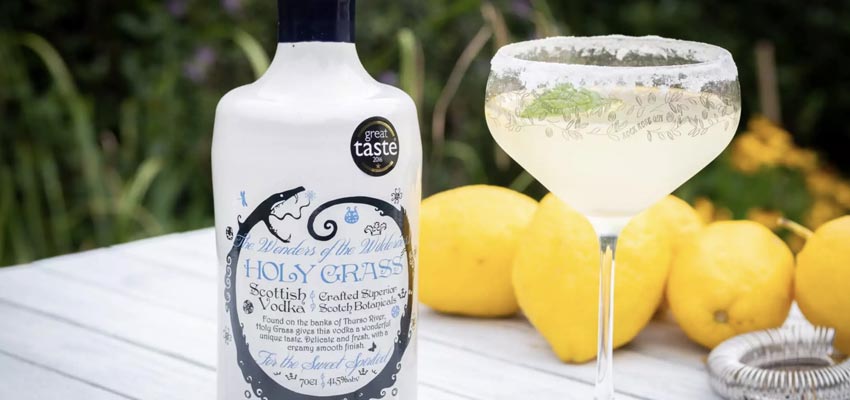
Whisky and gin aren’t Scotland’s only spirits. As it turns out, the Scots also love a good vodka, and the secret to making that is the perfect potato. With Scotland’s wet weather, it’s taken academics and farmers working together to find those, but it has happened. Many small craft Vodka distilleries grow their own potatoes, as well as distilling, labeling, and bottling the finished product. Holy Grass Vodka is a favorite.
Some distilleries use local berries and other fruits to mix with their vodka—it makes for lovely liqueurs.
Scotch Whisky, a World-Renowned Favorite
Johnnie Walker is the most widely distributed whisky in the world. When in Scotland, try The Famous Grouse—it’s their own top-selling brand. Here in the USA, Dewar’s tops the list. Take a trip on the wild side and try some of the smaller distilleries. Order your drink neat—ice ruins the flavor. Each uses local water and malt, creating a unique flavor. Malt whisky is made from malted barley, while in the States single malt whiskey in produced from malted rye.
There are more than 130 distilleries in Scotland, and they are divided into five regions: Campbeltown, Highland, Islay, Lowland, and Speyside. Each has its own flavor and quality, and some you’ll like better than others.
Speyside is home to the Malt Whisky Trail. The fertile ground and mountain rivers make delicious malt whiskies. The most popular here is Glenfiddich, and the oldest distillery is Strathisla, 1786. This area produces fruity, spicy whiskies. Off to Islay and you are in what’s often called “Whisky Island.” Bowmore is one of the oldest in Scotland, dating back to 1779. Smaller places are welcome and more personal. The most popular is Ardbeg, but all Islay Whisky has a smoky, peaty flavor.
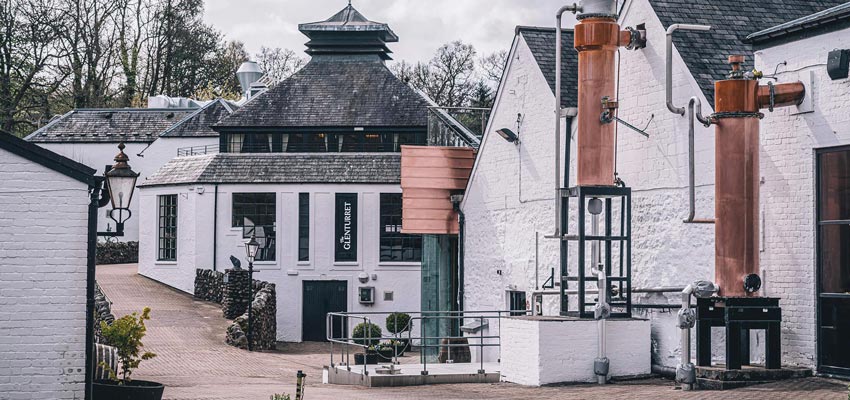
The Highlands Region is the largest whisky-producing area. 47 distilleries are here, and some are among Scotland’s oldest. Like Highlander people themselves, the spirits are bold and individual. The most historic is Glenturret, 1775. Highlander taste is often fruity and malty. Campbeltown is the smallest region, with only three distilleries left. It is favored as having some of the finest whiskies in the world. The flavors are a combination of sweet and peaty. The oldest remaining is Springbank, from 1828.
The Lowlands are pure paradise, set among lush rolling hills, in southern Scotland. They have a lighter, almost floral, taste. This area has a long history. King James IV got his whisky from the Lindores Abbey here in 1494! There are 18 Lowland distilleries, and the oldest still operating is Bladnoch, founded in 1817. Glenkinchie is a favorite, but all whisky from this region is without the taste of peat and has a light, citrus taste.
Wherever you are in Scotland, there is bound to be a distillery nearby. Even if you don’t care to imbibe, they are worth a visit. (The owners might just take you around the side and introduce you to their copper still.) All whisky makers love and appreciate the natural world. Scotch whisky is woven into Scotland’s geographic, bold, and brave history.
Experience the scents, sounds, and scenery of Scotland’s prime whisky destinations. Your Authentic Travel Expert is happy to add this unique Scotland experience to your vacation.


